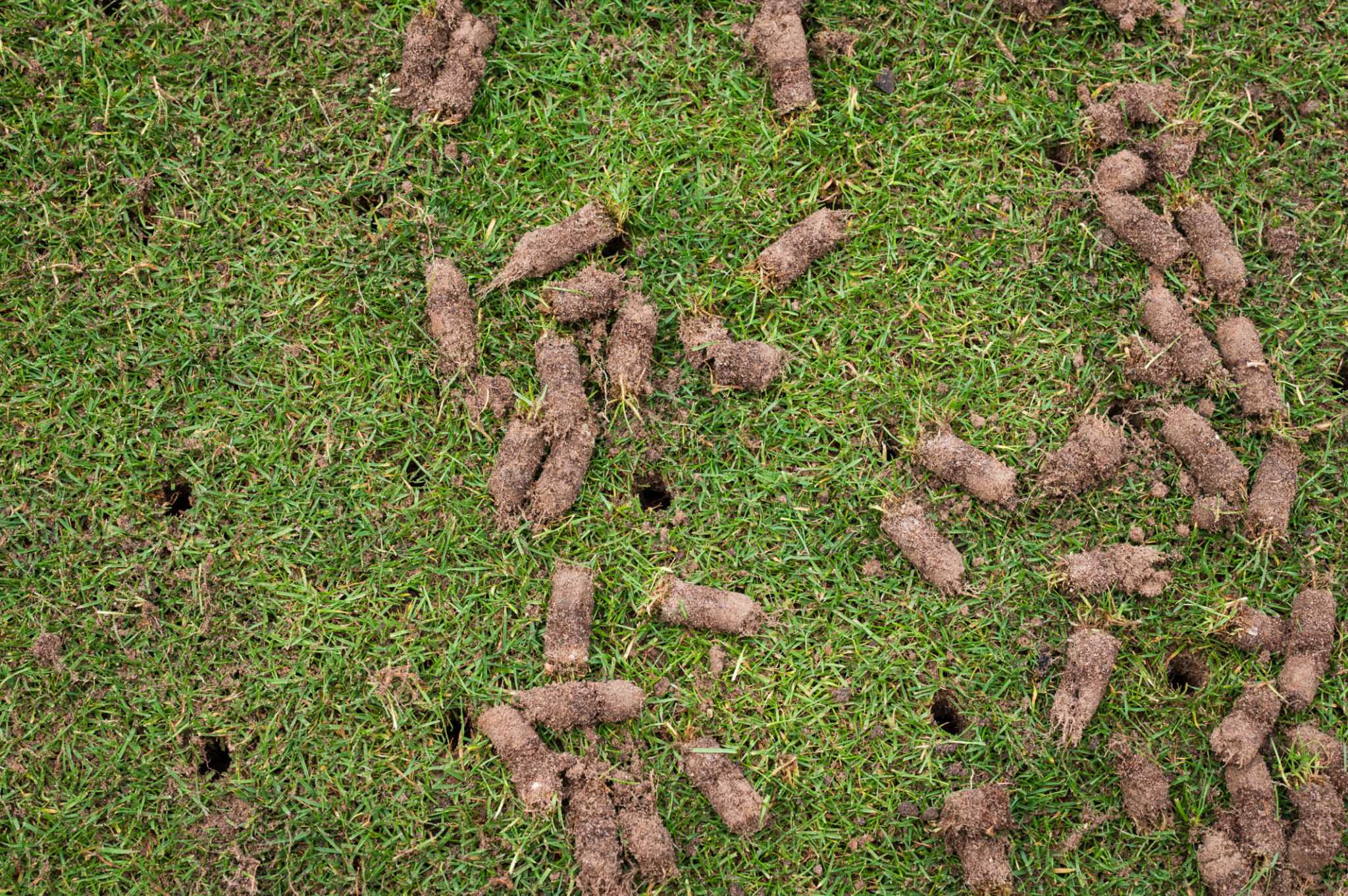Mastering Lawn Maintenance in Sanford: Seasonal Tips for a Healthy Lawn
Understanding Sanford's Climate
Sanford, North Carolina, is known for its unique climate, which directly impacts lawn care strategies. With hot summers and mild winters, understanding the local weather patterns is key to maintaining a lush, green lawn year-round. Unlike regions with more drastic seasonal changes, Sanford's climate allows for a more extended growing season.
For homeowners in Sanford, it's crucial to tailor lawn maintenance techniques to accommodate these conditions. Knowing when to water, fertilize, and mow can make the difference between a thriving lawn and a struggling one.

Spring: Rejuvenating Your Lawn
As temperatures begin to rise in spring, it's time to revitalize your lawn after the dormancy of winter. Start with a thorough cleaning to remove any debris or fallen leaves. This helps prevent diseases and allows your grass to breathe and grow freely.
Spring is also the ideal time for aeration and overseeding. Aeration loosens compacted soil, improving oxygen flow to the roots, while overseeding fills in bare patches and thickens your lawn. Additionally, applying a pre-emergent herbicide can help prevent weeds from taking hold as temperatures increase.
Watering Schedule
A consistent watering schedule is crucial during this period. Water deeply but infrequently to encourage deep root growth. Aim for about one inch of water per week, either from rainfall or irrigation.

Summer: Keeping Your Lawn Healthy
The summer months in Sanford can be challenging for lawns due to high temperatures and occasional drought conditions. It's essential to adjust your mowing height during this time, raising the mower blades to leave the grass slightly taller. Taller grass shades the soil, reducing water loss and protecting the roots from heat.
Consider watering early in the morning to minimize evaporation and ensure your lawn receives adequate moisture. Be mindful of any water restrictions in place and adjust your watering habits accordingly.
Nutrient Management
Summer is also a good time to monitor nutrient levels. Fertilizing with a balanced, slow-release fertilizer can provide the nutrients your lawn needs without encouraging excessive growth that could stress the grass during hot spells.

Fall: Preparing for Dormancy
As temperatures begin to cool in the fall, it's time to prepare your lawn for dormancy. Continue mowing as needed, gradually lowering the mowing height with each cut. This helps prevent disease and reduces habitat for pests.
Aerate your lawn again in the fall to relieve any soil compaction from summer activities. This is also an excellent time to apply a fall fertilizer rich in potassium to strengthen roots and improve resilience through winter.
Leaf Management
Keep an eye on falling leaves; while they can provide nutrients as they decompose, excessive leaf cover can suffocate your grass. Regularly rake or mulch leaves into smaller pieces that can be absorbed by the soil.

Winter: Minimal Maintenance
Winter in Sanford requires minimal lawn maintenance. However, it's important to avoid heavy foot traffic on dormant grass to prevent damage. Additionally, use this time to maintain your lawn equipment, ensuring everything is in top shape for the upcoming growing season.
By following these seasonal tips and adapting them to Sanford's specific climate conditions, you can enjoy a beautiful, healthy lawn all year round. Consistent care and attention will not only enhance your home's curb appeal but also contribute to a sustainable environment.